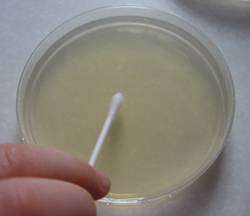Hi everyone! On Thursday, November 26th I will be sending home a sample of one of the teas we have been learning about in Science. Please feel free to brew and taste the tea together at home! Here is some information about the tea:
-
- The tea is Jade Fir tea from the Namasthe/Ranger Tea Company, a Canadian-owned handcrafted tea brand
- This teas ingredients are: Spring harvest mountain green tea and Douglas Fir tips
- The Fir tips are sustainably harvested from unceded Coast Salish territories and forests by Indigenous members of the company
- Because this is a ‘wild’ brew, you might see some large pieces of pine, sticks, etc.
- Douglas Fir tea has been used for centuries as a ‘thirst-quencher’ (rehydrating and energizing properties)
- This tea has citrus-y, pine-y flavours that may be new or unusual to many people, but it has been enjoyed by many Indigenous cultures for thousands of years
- Please ensure that there are no allergens in the tea, and always consult with a doctor if you are pregnant/taking medication before drinking this tea
To serve: Steep the tea in hot water for 3 minutes. Strain and enjoy. You may also want to add a little maple syrup for sweetness, or a slice of lemon for flavour.
Please let me know if you try the tea, and I hope you enjoy this unique blend of Green tea and Fir tea! I’ve attached a video of an Indigenous chef discussing how he sustainably harvests ingredients for tea:

